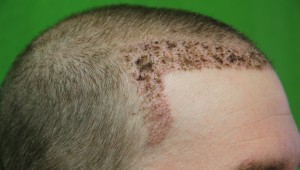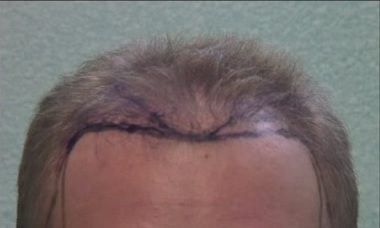A FUE hair transplant eliminates the drawbacks of punch grafts by extracting units individually. It creates a natural-looking hairline. Scarring is also minimal with the tiny, round holes not visible. So now that we know what the surgery entails, What to Expect in FUE hair transplant Surgery?
Advantages Of FUE
- Less invasive surgery
- Minimal recovery time
- Non-visable scarring
- Opportunity to harvest more head donor hair in the future
- Expands donor area
What to Expect in FUE hair transplant Surgery: Preparing for a FUE Hair Transplant Surgery
What to Expect in FUE hair transplant Surgery, begins with a one-on-one consultation with a surgeon. They should discuss goals and the FUE procedure itself. Surgeons should explain what to expect before and after your hair transplant procedure. Once a patient decides to move forward, he is given detailed preparation instructions.
The patient should have a hearty meal the day of FUE surgery . He should arrive to the clinic with a clean, washed scalp. Upon arrival, “before” photos are taken of the patient. These track hair regrowth process. Photos also give an accurate description of the “starting point” of the surgery.
During the FUE Surgery
What to Expect in FUE hair transplant Surgery while it is going on? A patient is prepared for FUE hair excision at the donor area. He/she should expect to be given intramuscular hypnotic to ingest orally. This promotes relaxation. The patient then lies down on an operating table, in which local anesthesia is administered to where hair will be excised. The donor hair, usually the back of the head, is shaved and prepared.
The surgeon begins the extraction process of follicular units using a micropunching tool and needle devices. This is the most time-consuming portion of the surgery. Only the surgeon or an experienced associate (one who is licensed) should perform extraction. Unlicensed technicians are legally forbidden to extract follicular units.
The extracted grafts are preserved in a holding solution after extraction. When body or facial hair is harvested, the process is similar.
The patient is then prepped for implantation and sits up. Local anesthesia is administered to the area of hair loss or balding, which is also typically shaved. The surgeon uses customized blades to create microscopic slits where follicles will be implanted.
This aspect defines the aesthetic appearance of the surgery. For a natural-looking hairline, a surgeon typically uses follicles containing a single hair at the front. This builds a gradual wall of hair. The area is then filled in with units containing two or three hairs.
After the FUE surgery, “after” photos are taken. Patients then discuss aftercare with a medical assistant. This included instructions for showering and other aspects of daily life, including exercise. A patient is given a prescription for mild painkillers, antibiotics and topical medication. No stitches or sutures are needed.
After the FUE Surgery
What to Expect in FUE hair transplant Surgery after the completion of the surgery: Seven days after the surgery, signs of wounding in the donor area should deplete. Scabs in the recipient area will typically fall off within seven to 14 days. Shedding is possible for up to eight weeks. Both areas will continue to heal with virtually no scarring.
A patient can expect new hair growth in 14 to 16 weeks, which usually maxes out at a year. New hair will continue to mature and thicken for up to a year and a half after the FUE surgery. Follow-ups with the surgeon will continue during this time to track progress.


